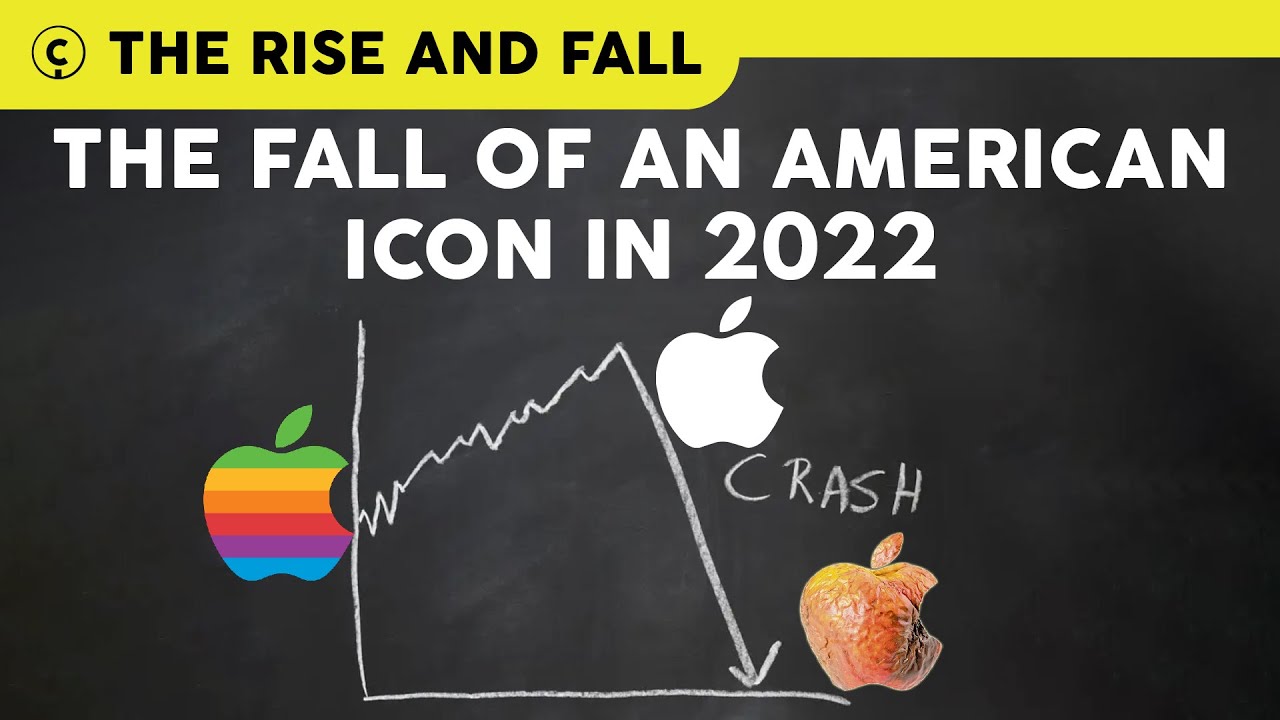What will Lead to Apple’s Downfall in 2023 | Rise and Fall of Apple in 2023 (End of Apple in 2023)

# The Rise and Fall of Apple: A Decade of Success and Challenges
## The Rise of Apple from the Dead
Back in the day, Steve Jobs had a cult of personality, and he could do no wrong. From 1997-2011, Jobs’ golden touch brought Apple back from the brink of death and back into profitability. In 2011, The Guardian reported that Apple saw record revenues under Jobs’ reign. Every move he spearheaded seemed to be a windfall for Apple. When Steve Jobs died of neuroendocrine cancer in 2011, the cult of Apple held its breath. Who would take up Jobs’ mantle? Who could follow the creator of the « think different » mantra? It turns out that Tim Cook would do a pretty good job in Jobs’ place. Where Jobs was a flashy marketer with a signature black turtleneck and wire-rim glasses, Tim Cook was a nondescript beancounter. Jobs was a rock star, Cook a supply chain and spreadsheet nerd. When Cook took over in 2011, no one could predict that Apple would continue its meteoric rise. But things don’t look that rosy now going into 2022.
## Highlights of Cook’s Reign
Tim Cook has been arguably the most successful CEO in recent history. No executive has made more money for shareholders than Cook has. When Jobs died, Apple was valued at $349 billion. Investopedia reports that Apple is currently valued at more than $2 trillion. Highlights of Cook’s reign include annual sales more than doubling from $108 billion in 2011 to $274 billion in 2021, net profits doubling in the same time to $57 billion, making it the most profitable company in the world. The « Apple economy, » which is the company’s revenue plus the revenue other companies make on its platforms, has increased to $1 trillion.
## The Decline is Inevitable
Cook’s handling of Apple and its insane trajectory begs the question: how long can Apple keep rising? In reality, it’s going to be a lot tougher in this second decade of Cook’s tenure than in the first, and we are already starting to see the cracks appear in the perfect white veneer of Apple. The factors that blasted Apple’s value into the atmosphere appear to be lagging, and with that lag will most likely come a reversal of fortunes. Apple’s decline turns on three significant factors: growth, geopolitics, and competition.
### 1. Growth
How can growth be a bad thing? If I may borrow from the late, great humorist Mark Twain, the rumors of the iPhone’s death have been greatly exaggerated. For years, analysts and Apple-haters predicted that this version of the iPhone would be the last. Apple kept churning the smartphones out and raking the profits. However, in 2015, the sale of iPhones peaked at 231 million devices. What has followed is a slow but methodical decline. The problem is that as Apple grows into a behemoth, it is less agile, cannot pivot as quickly, and its sluggishness prevents the same rapid growth from the previous decade.
Stay tuned as we delve deeper into the challenges facing Apple in the coming years. If you enjoyed this article, don’t forget to like and subscribe for more content about the tech industry.
source
